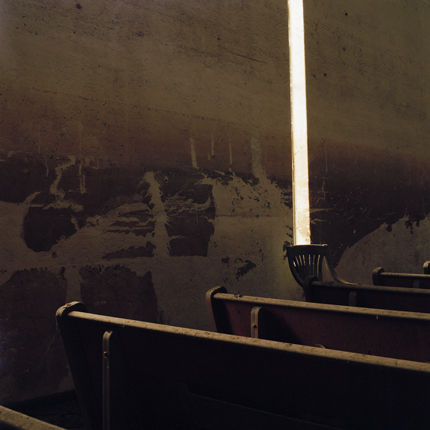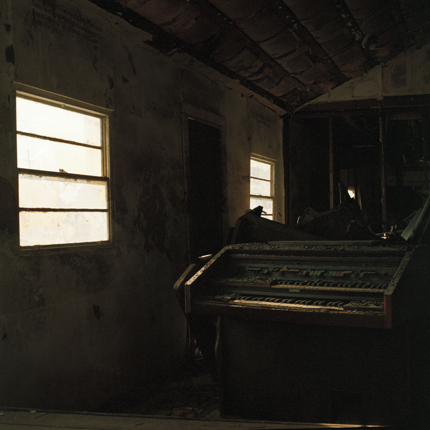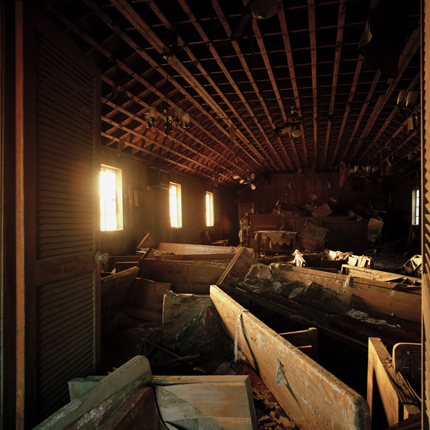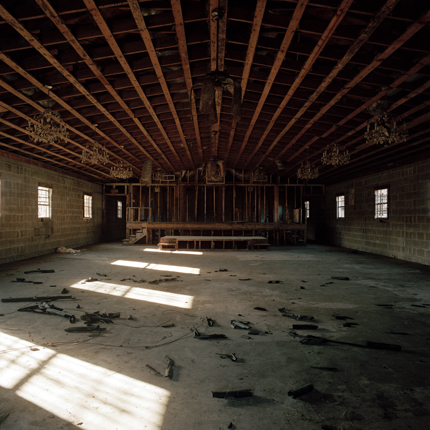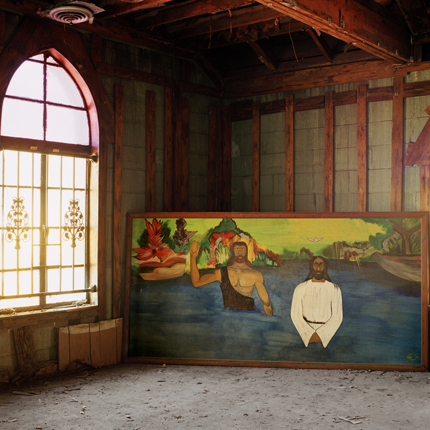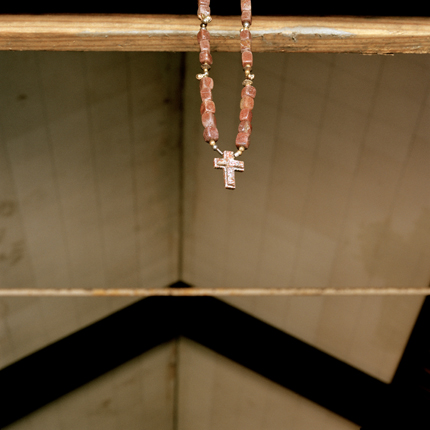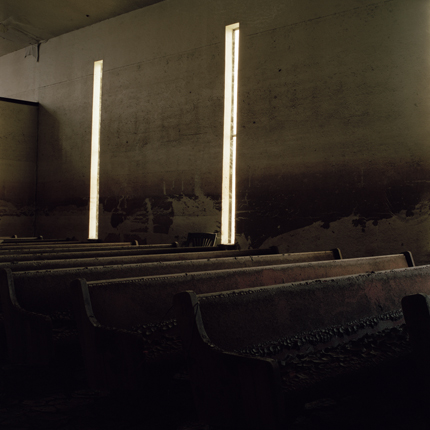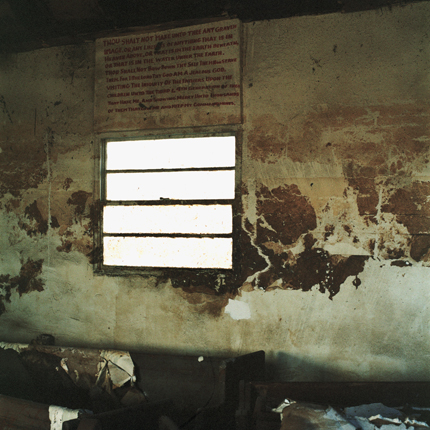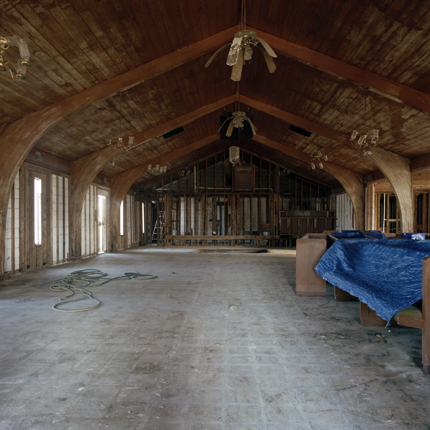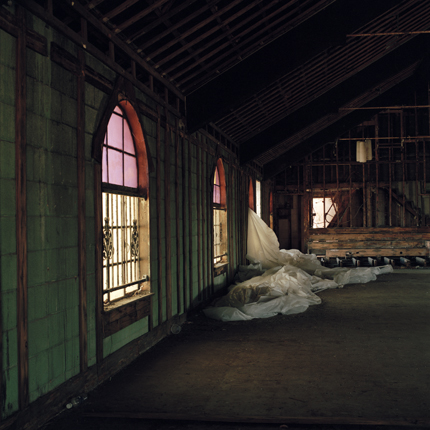I became aware of the names of Baptist churches when my husband and I started traveling to America’s inner cities to make photographs. The names drew me in because they were so exuberant, so full of life and spirit. They sounded full-throated as I said them aloud. I started to collect them in notebooks, keeping them like amulets— Banks of Jordan Missionary Baptist Church, Mt.Nebo Missionary Baptist Church, Faithful Mt.Triumph, New Pilgrim Missionary, The Epheus Full Gospel, Good Hope Missionary, Temple of Glory, New Mt. Moriah.
We went to the Lower Ninth Ward of New Orleans one and a half years after Katrina had done her terrible damage. On our first trip there, we were exploring a ravaged neighborhood, almost completely devoid of people, bordered by North Claiborne Avenue to the south, Jourdan Street to the west, Florida Street to the north and Delery Street to the east. In this small, utterly decimated section of Orleans Parish that measures approximately one square mile in area, I came upon twenty-five churches, most of them Baptist. Twenty-five in one square mile. Some were quite humble, others more substantial. Almost all of them were destroyed—some to the point of being nameless. Those hopeful, triumphant names—Greater Saint Rose Baptist Church, Full Gospel Deliverance, King Solomon, Morning Star, Church of the Living God, Greater New Jerusalem, Old Pathway, Good Faith, Fairview Missionary, Beulah Land.
The first church I entered was Greater Saint Rose. The floors were still thick with mud, one and a half years after the flood. The wooden pews were caked with it. Sunlight filtered in through thin, vertical windows, casting warm light on the graceful curve of the wooden benches. It was still a sanctuary, filled with a heartbreaking dignity. Watermarks from the floodwaters stained the walls almost to the ceiling. I started taking pictures of what had once been beautiful—a place of worship that still felt sacred, even though physically beyond repair.
The Mt.Carmel Missionary Baptist Church stood empty, stripped down to studs and rafters. Most of the stained glass windows were still intact, though one had a cascade of white plastic sheeting pouring through it like water frozen into ice. I entered the church and turned to my left. Perched against the wall, between two arched windows, was an astonishing painting of a bearded, black Jesus, dressed in white tunic, standing in the blue river Jordan, being baptized by John. The colors of the painting, which is dated March 17, 1971 and signed by E. King, are vibrant, a testament to the miracle of survival.
The images included here represent seven of these churches. I suspect that some will no longer be standing when I return to New Orleans in the spring. Much of the Lower Ninth Ward has been devasted, the community scattered. Buildings I had photographed on my first trip were gone when I returned a few months later to continue taking pictures of the churches. I created this portfolio to honor these sacred places and the parishioners who worshipped in them—before Katrina.
Wendy Burton, Stanfordville, New York March 2007

